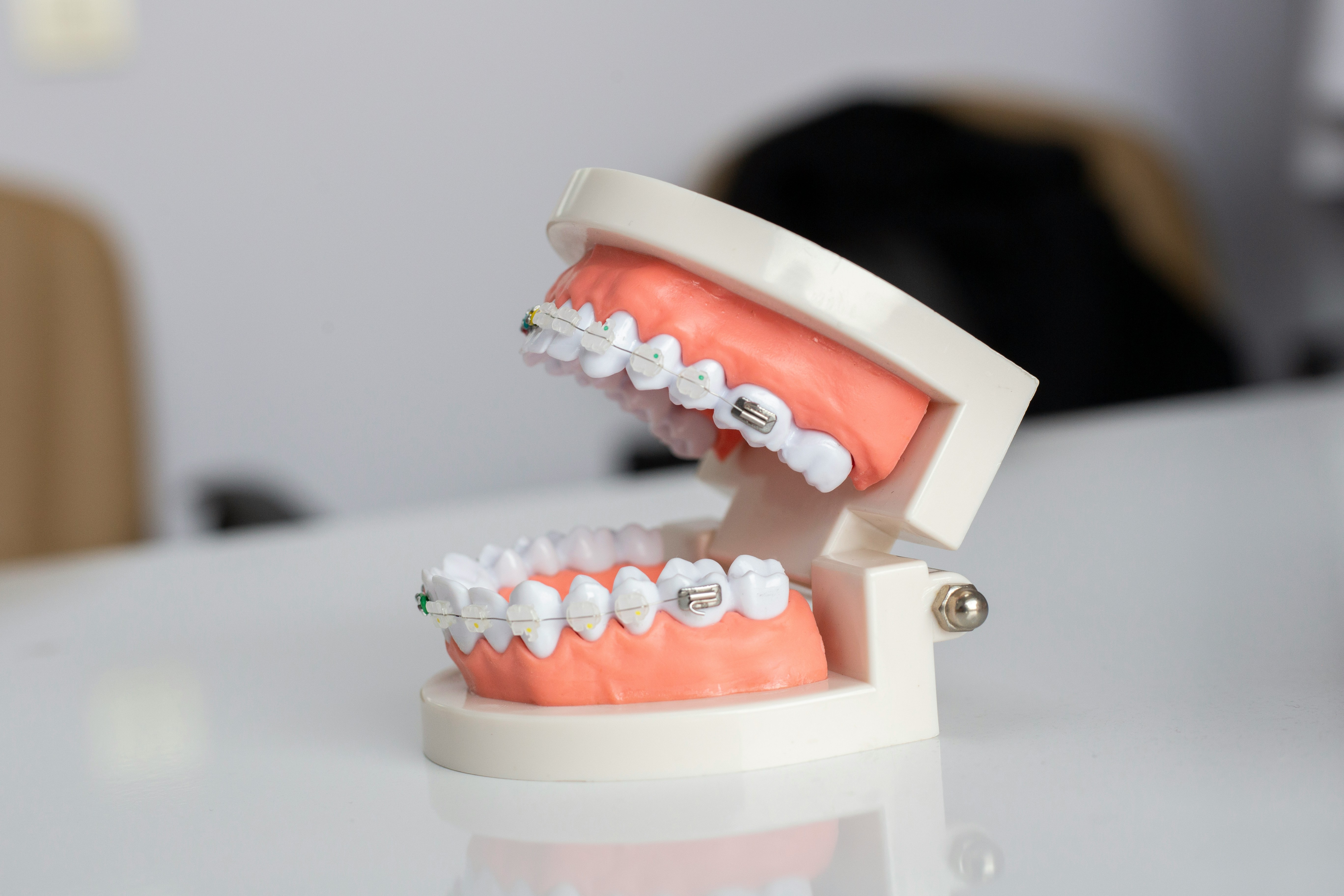Invisible Teeth Aligners: What They Are and How They Work
Invisible teeth aligners are clear, removable trays designed to shift teeth gradually without the visible wires and brackets of traditional braces. They are created from impressions or 3D scans of a patient's mouth and are worn in a prescribed sequence to move teeth into a planned position. Many people choose aligners for cosmetic concerns or for mild-to-moderate bite and spacing corrections, though suitability depends on individual dental needs and a clinician’s assessment.

This article is for informational purposes only and should not be considered medical advice. Please consult a qualified healthcare professional for personalized guidance and treatment.
What are invisible aligners and how do they move teeth?
Invisible aligners are custom-made, nearly transparent trays that fit tightly over the teeth. Each tray applies gentle, targeted pressure to specific teeth; after one or two weeks the wearer switches to the next tray in the series, gradually guiding teeth toward the desired alignment. The technology combines dental impressions or intraoral scans with computer-aided treatment planning. Unlike fixed orthodontic appliances, aligners are removable, which can make eating and cleaning easier, but successful movement relies heavily on patient compliance and accurate monitoring by a dental professional.
How do aligners compare to braces for different needs?
Aligners and traditional braces both aim to correct misalignment, but they differ in mechanics and practical considerations. Braces use brackets and wires attached to the teeth and are effective for complex movements, including significant rotations, vertical adjustments, and some bite corrections. Aligners are often effective for crowding, spacing, and mild-to-moderate bite issues, and can be preferred for aesthetic reasons. Some complex cases still require braces or supplemental treatments. A dental provider will evaluate the type and severity of the problem before recommending aligners or braces.
What dental and teeth health factors affect suitability?
A dental exam will assess tooth health, gum condition, jaw alignment, and whether any cavities or periodontal issues need treatment first. Healthy teeth and gums are necessary before starting aligner therapy because untreated dental disease can complicate or halt orthodontic progress. Certain jaw discrepancies, missing teeth, or severely rotated teeth may limit aligner effectiveness, and attachments (small tooth-colored bumps bonded to teeth) are sometimes used to help the aligner grip and move specific teeth. Regular dental checkups during treatment help ensure both alignment progress and overall dental health.
Can aligners replace dentures or work with missing teeth?
Aligners are designed to move natural teeth and are not a replacement for dentures. Dentures are prosthetic devices that replace missing teeth and restore function and facial support. If a patient has missing teeth, a dental professional may recommend options such as implants, bridges, or dentures before or in combination with orthodontic treatment. In some cases, orthodontic movement with aligners can prepare space for future prosthetic work, but the goals of aligners and dentures are distinct: aligners reposition teeth, while dentures replace teeth that are absent.
How to find qualified local services and plan treatment
To pursue aligner treatment, look for licensed dental or orthodontic professionals offering clear aligner therapy, teeth evaluations, and follow-up care in your area. Many providers now use in-office scans and digital planning; others offer hybrid models that combine remote monitoring with periodic clinic visits. When considering providers, ask about clinical oversight, how progress is tracked, expected wear time (often most of the day), any need for attachments or refinements, and the retainer plan after treatment. Transparent communication about responsibilities and realistic timelines helps set appropriate expectations.
Conclusion
Invisible aligners provide a discreet option for many people seeking to improve alignment, but they are not universally appropriate for all dental situations. Effectiveness depends on the nature of the alignment issue, oral health status, patient adherence to wear schedules, and professional supervision. For decisions about treatment, a licensed dental professional can evaluate specific needs and outline whether aligners, braces, or other dental solutions are the most suitable path forward.






